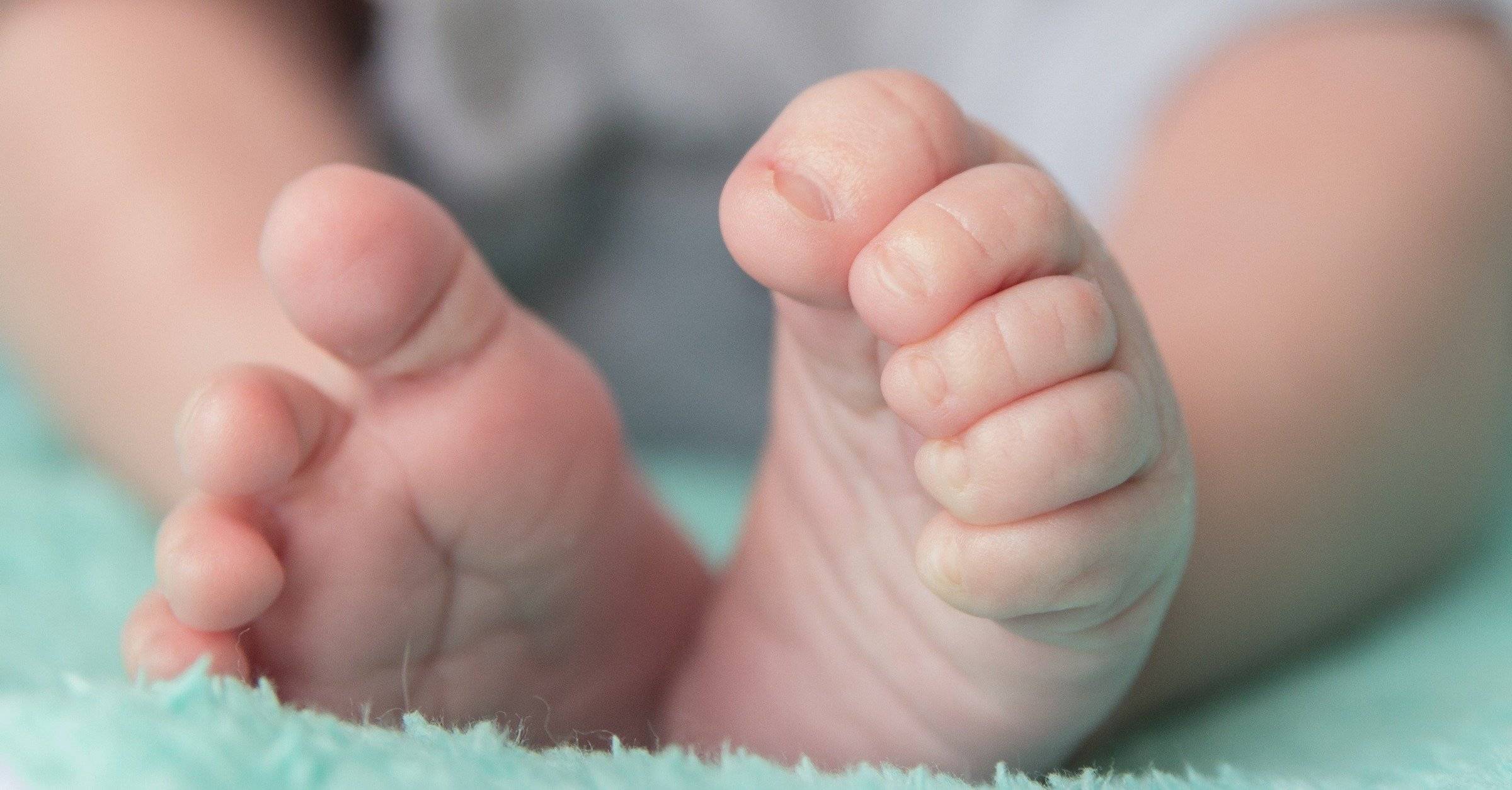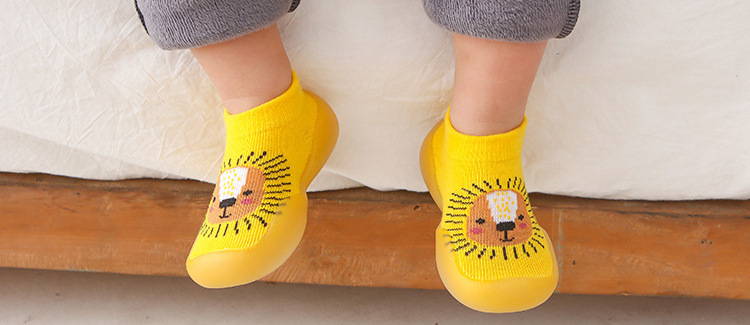Going to make your first steps? Your kid finds a new way to communicate with this world!
If you're going to use the feet, you're going to use the shoes. But which ones? Babies have different needs than us, and baby shoes must meet different criteria. Let's see...
1. ONLY SOFTSOLED OR BAREFOOT

When toddlers are learning to walk, they should be barefoot as much as possible so they can feel what they touch with their feet and develop muscle strength. But you can't let them step around with no protection all the time, especially during the cold season. That's when soft-soled shoes take the stage! They mimic barefoot and let your kid feel the ground. Soft easy to bend sole gives your kid all needed sensory information and lets them learn naturally.
When toddlers have been walking on their own confidently for a period of time, they can progress to a firmer soled shoe.
The best way to shop nowadays would be to order soft-soled shoes in online stores as many of them offer free shipping. auronps shoes would be a good example.
NOTE: Watch for big sales - some maternity stores have great offers regularly
2. MUST BE WARM BUT BREATHABLE

Multiple baby and toddler health researchers, including Stanford Children’s Health, indicate that you need to be extremely careful to the child's feet and head where their body warmth escapes mostly. Fussiness, difficulty sleeping, decreased appetite and poor weight are easily avoidable by keeping those areas protected with socks and a hat.
Unfortunately, many parents underestimate the importance of keeping their children's feet in warmth.
PRO TIP: You don't need socks if you have warm baby shoes. Toddler's feet must breathe and feel as much as they can, so no more layers! Try finding 2-in-1 socks + shoes solutions
3. FIT MUST NEVER BE TOO SMALL

Imagine growing every day and having your feet restricted. Protection and warmth are good, but not at the cost of healthy development! You always need to keep an eye on the size and if it still fits, and your kid will thank you later.
It's better to prepare in advance and order multiple pairs. When your little one outgrows the current pair, you won't need to wait for the new one to be delivered.
To choose the size correctly, you will want to make a few simple steps:
4. BABY SHOES MUST PROTECT TOES

When my boy started walking, he kicked every single object in the house (accidentally, of course). Needless to say, he cried a lot! Thankfully, without any serious injuries :)
As indicated by researchers from Australian BetterHealth, truly protective toddler shoes must have:
-
A comfortable fit in length and width
-
Plenty of room for the toes
-
A flexible, flat sole – check the sole can bend near the toe
-
The front of the shoe wider than the heel, to match the natural shape of the foot
-
A solid heel counter (part that goes around the back of the heel)
5. NO SHOES AT NIGHT

As you may have noticed, most baby shoes look funny like a toy and bright like a candy. No wonder sometimes it's even hard to make your kid take them off! While it might be good for the daytime, you must remember that children have to sleep barefoot. This is the only way for their feet to develop naturally.
Some baby shoes stores may claim their products are good even for the nighttime. Don't believe in this marketing ploy, and don't let your child sleep with shoes on
BONUS TIPS
1. How to measure a foot size precisely?
This video shows the entire process in details
2. Where to find baby shoes that meet all these requirements?
You can find them in specialized stores like auronps or Bobux. But you should read the descriptions and be aware of all pros and cons.
3. What if shoes don't fit?
Many online stores offer free returns and exchanges for the items which were not in use. Check out the return policy before ordering.






